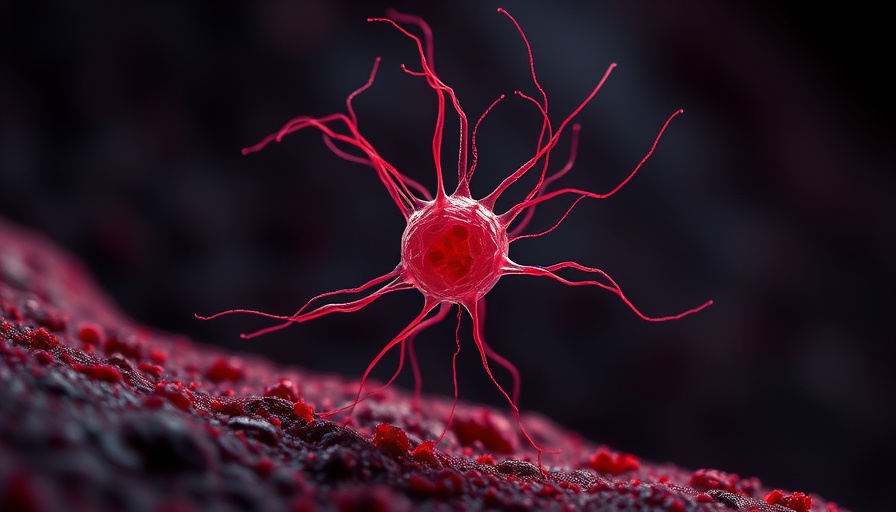
Understanding the Immune System's Balancing Act
The immune system is a fascinating puzzle, akin to a security team maintaining the integrity of a fortress. Traditionally, it's been understood that T cells act as guardians against threats, but what happens when these sentinels turn against their own forces? This is where revolutionary research by Nobel laureates Mary Brunkow, Fred Ramsdell, and Shimon Sakaguchi has transformed our understanding of immune responses and paved new pathways for treating autoimmune diseases and cancer.
Breakthrough Discoveries and Their Impact
To combat diseases like lupus or type 1 diabetes, researchers have identified regulatory T cells (Tregs) that prevent the immune system from attacking healthy cells. By discovering that the gene Foxp3 is crucial for these Tregs, the researchers have linked the presence of these cells to maintaining immune tolerance. As expert Olle Kämpe highlighted, this fundamentally shifts our understanding, showcasing how crucial Tregs are for immune health.
Transformative Potential in Therapy
The implications of these findings are profound. For those suffering from autoimmune disorders, enhancing Tregs could provide relief, while in cancer therapy, inhibiting these cells might help the immune system recognize and combat tumors more effectively. Researchers are currently trialing innovation-driven approaches that leverage these insights to rebalance the immune system's response. This adaptability embodies the essence of scientific inquiry—where skepticism meets groundbreaking results.
Looking Ahead: A New Era in Immunology
The recognition of the roles that Tregs play represents not just a leap in immunological research but a beacon of hope for patients and healthcare professionals alike. As these studies unfold, entrepreneurs and professionals in the medical field should stay attuned—this narrative isn't just about science; it's about unlocking new markets, fostering innovation, and influencing the future of healthcare delivery.
This transformative era begs a crucial question for entrepreneurs: How can your business adapt to and innovate within this rapidly evolving landscape of medical advancements? Stay informed and poised to leverage these changes for growth and success.
 Add Row
Add Row  Add
Add 




Write A Comment